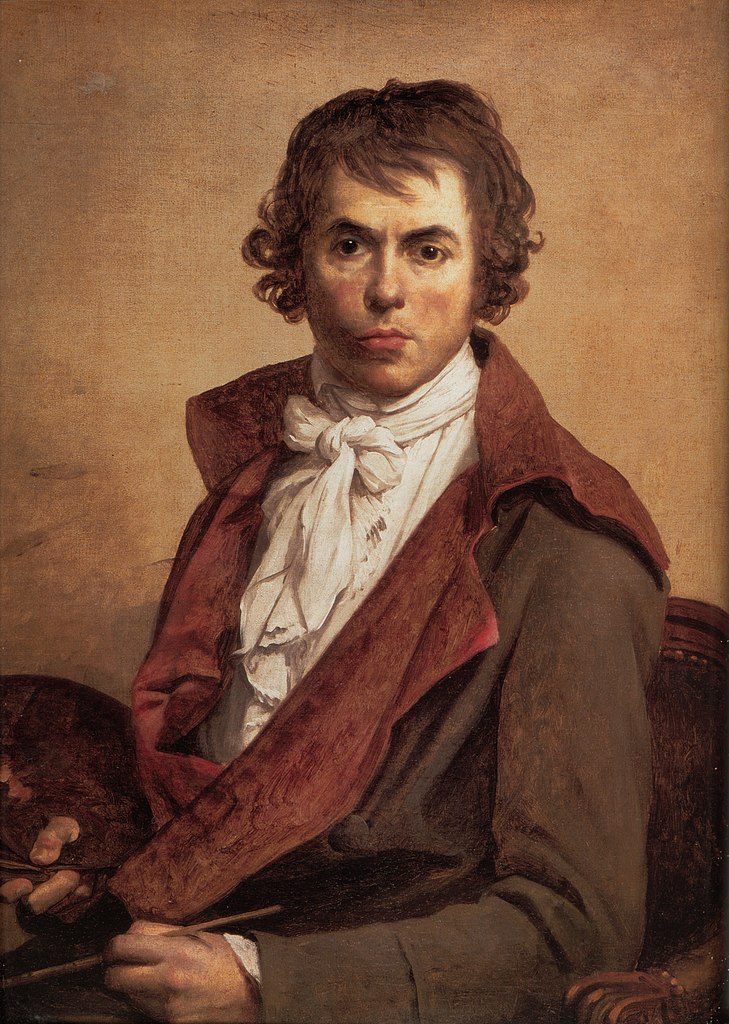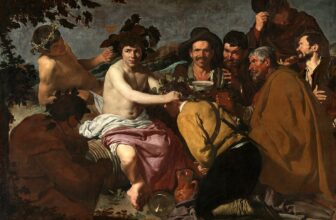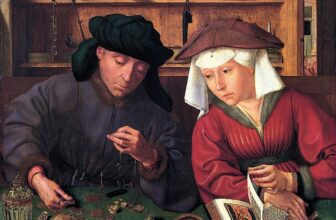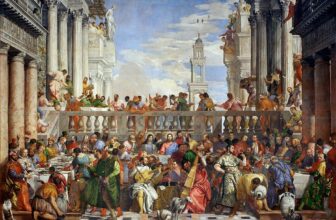
What are some famous self portrait housed in the Louvre
The Louvre Museum in Paris is home to a stunning collection of artwork spanning centuries and civilizations. Among its treasures are some remarkable self-portraits, works in which artists have captured their own likenesses, often revealing their personal struggles, triumphs, and artistic evolution. In this exploration, we will dive into some of the most famous self-portraits housed in the Louvre, uncovering the stories behind these masterpieces and the artists who painted them.
1. Self-Portrait with a Sunflower – Anthony van Dyck
One of the most striking self-portraits in the Louvre is Self-Portrait with a Sunflower by Anthony van Dyck. The Flemish Baroque artist, known for his portraits of European nobility, painted this work around 1632. In this self-portrait, van Dyck is seen holding a sunflower, a symbol of loyalty, perhaps alluding to his service to King Charles I of England. His confident gaze and elegant attire reflect his status as a court painter, while the expressive use of light and shadow enhances the emotional depth of the painting.
2. Self-Portrait – Albrecht Dürer
Albrecht Dürer, the German Renaissance master, is well-known for his meticulous self-portraits. While his most famous self-portraits are housed in Munich, the Louvre holds a significant drawing attributed to him. Dürer’s self-portraits are remarkable for their intense detail, psychological depth, and pioneering approach to capturing human likeness. His works often showcase his artistic virtuosity, playing with realism and symbolism to project his identity as an artist and intellectual.
3. Self-Portrait – Rembrandt van Rijn
Rembrandt, one of the greatest painters of the Dutch Golden Age, painted numerous self-portraits throughout his career, documenting his artistic growth and personal trials. The Louvre houses a remarkable Self-Portrait by Rembrandt, executed with his signature dramatic lighting and impasto technique. The portrait reveals a contemplative, almost melancholic Rembrandt, reflecting the financial and personal difficulties he faced in his later years. His use of deep shadows and golden highlights showcases his mastery of chiaroscuro.
4. Self-Portrait – Nicolas Poussin
French Baroque painter Nicolas Poussin, best known for his classical compositions and mythological themes, also left behind a compelling self-portrait now housed in the Louvre. Unlike the expressive drama of Rembrandt, Poussin’s self-portrait is composed with careful control and intellectual rigor. He presents himself as a learned artist, wearing a solemn expression that emphasizes his dedication to artistic principles over fleeting emotions. This self-portrait is a fascinating glimpse into the mind of a painter who sought order and harmony in his work.
5. Self-Portrait – Jean-Baptiste Greuze
Jean-Baptiste Greuze, a leading painter of 18th-century France, is known for his sentimental and moralistic genre paintings. His self-portrait in the Louvre captures his intense gaze and slightly tousled hair, reflecting his passionate nature and devotion to his craft. Greuze’s ability to infuse emotion into his portraits is evident here, making this self-portrait a compelling study of artistic self-perception.
6. Self-Portrait – Elisabeth Vigée Le Brun
One of the most famous female artists of the 18th century, Elisabeth Vigée Le Brun, was renowned for her exquisite portraits of Marie Antoinette and other aristocrats. Her self-portrait in the Louvre showcases her elegance, confidence, and technical skill. Painted with warm colors and a soft touch, her self-portrait captures her as both an artist and a woman navigating the complex social landscape of pre-Revolutionary France. Despite the challenges she faced as a female artist, her self-portrait radiates grace and determination.
7. Self-Portrait – Jacques-Louis David
The celebrated Neoclassical painter Jacques-Louis David, best known for works like The Death of Marat and The Oath of the Horatii, also left behind a powerful self-portrait. His self-portrait in the Louvre is direct and unembellished, showing him with a serious expression and intense eyes. As a leading painter of the French Revolution and later Napoleon’s court, David’s self-portrait reflects the political and artistic turbulence of his era. His skillful use of composition and color makes this painting a striking example of Neoclassical portraiture.
8. Self-Portrait – Francisco Goya
While many of Goya’s self-portraits are housed in Madrid, the Louvre holds a significant work attributed to him. Goya’s self-portraits often depict him as a keen observer of society, grappling with the political upheavals of his time. His expressive brushwork and somber color palette convey a deep introspection, making his self-portraits powerful psychological studies.
The Enduring Legacy of Self-Portraits
These self-portraits in the Louvre provide a fascinating window into the minds of some of history’s greatest artists. Each self-portrait serves not only as a visual record of the artist’s appearance but also as a statement of their identity, aspirations, and struggles. Through their self-representations, these artists have left behind personal and artistic legacies that continue to inspire viewers centuries later.
The next time you visit the Louvre, take a moment to stand before these remarkable self-portraits. Look into the eyes of Van Dyck, Rembrandt, Vigée Le Brun, and David, and imagine the worlds they inhabited. Their gazes transcend time, inviting us to reflect on the nature of art, identity, and human expression.




